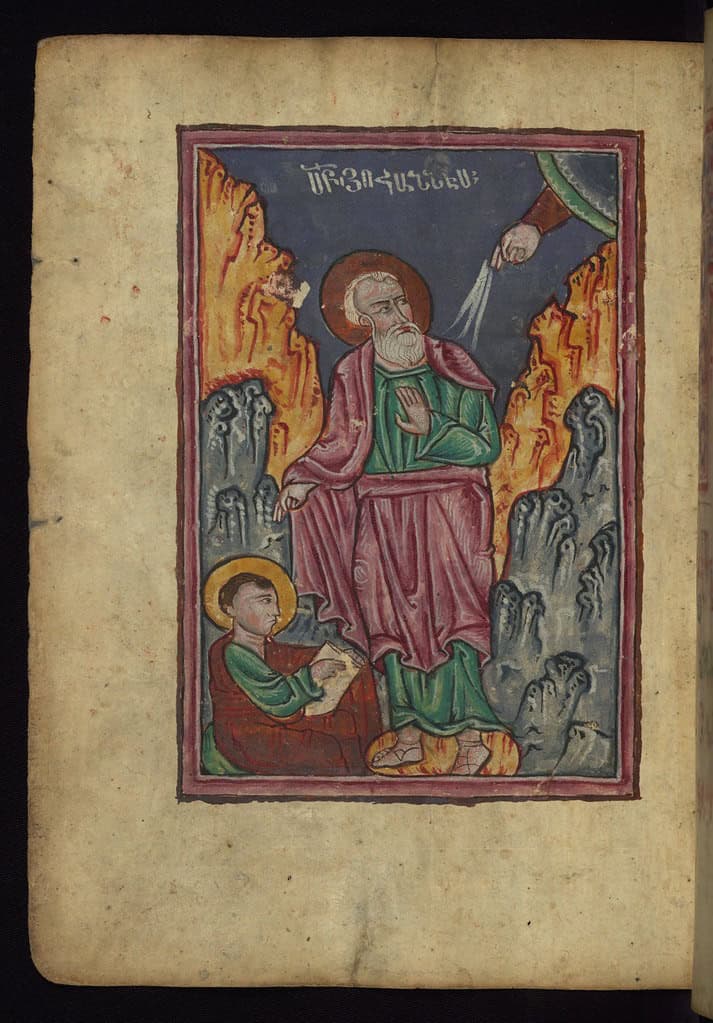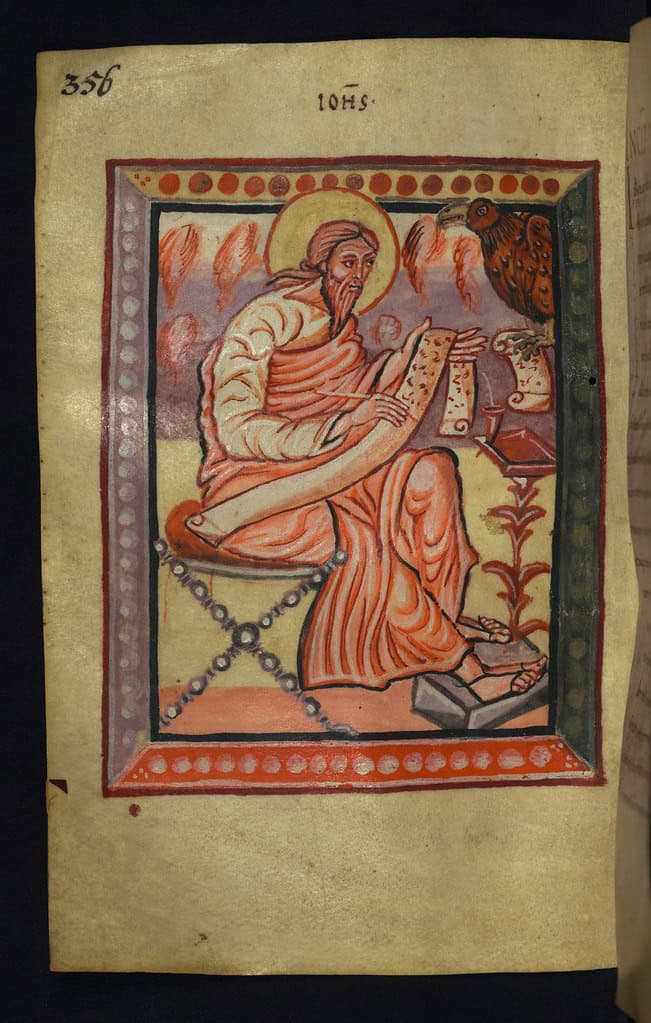Exact Answer: Between 90 and 100 CE
Gospel is referred to as the message that Jesus of Nazareth gave. Gospel can be better defined as episodic and loose-knit narratives of his deeds and words. It was earlier believed to be a Christian message, but it was used to teach the people the ideas of Jesus of Nazareth in the mid of the second century.
Gospels help understand the situation that took place during the trial of Jesus of Nazareth. He was sentenced to death after the trial, and this has also been discussed in detail in its writings. Gospels also help us in gaining bits of knowledge about several post-resurrection appearances of Jesus of Nazareth.

How Long After The Other Gospels Was John Written?
There are four canonical gospels, and they are named differently based on their order of appearance. The first gospel is known as Matthew, whereas the second one is termed as Mark. The third and four gospels are known as Luke and John, respectively. All the four canonical gospels began with the same basic outline in which Jesus starts his public ministry along with John the Baptist. Jesus teaches multiple disciples of his and contributes to the betterment of society. Jesus then dies on the cross, and finally, he is raised from the dead.
Many other gospels were also written after these four canonical gospels. Still, these are considered of prime importance and are very much loved by the Christian community in all parts of the world. Gospels are so valued because they give the proper explanation to the views of Jesus, whereas other authors might manipulate the script based on their thoughts. Gospels help everyone in understanding the ideas of Jesus more transparently.

| Name Of Canonical Gospel | Time Of Composition |
| Gospel of Matthew | Between 80 and 90 AD |
| Gospel of Mark | Between 65 and 75 CE |
| Gospel of Luke | Between 80 and 85 CE |
| Gospel of John | Between 90 and 100 CE |
All the gospels were written at different times. The Gospel of Matthew was written somewhere between 80 and 90 AD. In contrast, the Gospel of Mark was written between 65 and 75 CE. The Gospel of Luke is known to be composed somewhere between 80 and 85 CE. The last gospel to be composed was the Gospel of John, and it was written between 90 and 100 CE.
Why Was John Written So Long After The Other Gospels?
Just like all the New Testament, all the four canonical gospels were written in the Greek language. However, it is not precisely known who wrote the gospels, but it is believed that none of them were eyewitnesses of the events that transpired with Jesus. It was believed that Jesus would reappear in some form after his death, but it never really happened. That is when his disciples felt that there was a need to write gospels.
As most of the eyewitnesses of Jesus’s life were dead or were very old, the gospels were written based on the things that various people heard about him. Most of the writings were based on the oral traditions that Jesus followed. Some parts of the gospels were also comprised of the miracles that everyone believed happened because of Jesus. Stories about Jesus and his ideas covered the majority of the gospels.

It is believed that John was written so long after all the other gospels because some of the writers had different views about the life of Jesus. They believed that not everything written in the other gospels was adequate. As a result, they wanted to gain more and more information about the whereabouts of Jesus during his lifetime. Anyways, all the gospels are considered holy, and they give us a deep knowledge about the life of Jesus and his views on the different prospects of life.
Conclusion
Finally, it can be concluded that four canonical gospels are considered very holy, and it is followed by all the sections of the Christian community. The gospels comprise of the ideas and views of Jesus of Nazareth and explain his journey. It also gives information about his death and trial.
All the four gospels were written at different times. It is believed that the Gospel of John was written somewhere between 90 and 100 CE. However, none of the gospels are written by individuals who met Jesus, but the information passed on based on the events in his life and how he was executed to death.



























The persuasive and logical reasoning presented in this article is truly impressive.
The well-reasoned arguments and scholarly approach make this a compelling piece.
This article effectively combines historical context with critical analysis to offer a well-rounded perspective.
The accurate depiction of the timeframes and the reasons for the delayed composition of the Gospel of John is commendable.
The historical context has been meticulously explained here, shedding light on the circumstances of the gospels’ creation.
The well-researched and thought-provoking analysis presented here adds significant value to the understanding of gospel composition.
The nuanced examination of the gospels’ composition and historical context is engaging and enlightening.
The juxtaposition of historical facts with theological interpretations makes for an enriching and enlightening read.
This article offers an intriguing blend of historical analysis and theological insights.
The engaging narrative style and depth of research set this article apart.
The article’s exploration of differing views and the subsequent impact on the composition of the Gospel of John is intellectually stimulating.
Indeed, the scholarly approach to examining the reasons behind the timing of John’s composition is impressive.
There’s a cohesive and logical flow in the argumentation presented in this article, making it a compelling read.
Absolutely, the content is well-organized and offers a thought-provoking perspective on the gospels’ origins.
The meticulous attention to detail in this article is praiseworthy.
The article’s objective and evidence-based examination provides a compelling perspective on the gospels’ historical context.
The well-supported arguments and historical insights make this article a valuable contribution to the topic.
The scholarly depth and analytical rigor in this article are noteworthy.
This article presents an insightful and informative approach to the composition of the canonical gospels.
I agree, the historical and chronological details provided are fascinating.
This article provides a comprehensive overview of the gospels’ composition and significance.
This article’s extensive exploration of the gospels’ historical timeline and the reasons for the delayed composition of John is thought-provoking.
The comprehensive and well-articulated discussion in this article makes it an enriching read.
The depth of analysis and critical insights presented here are truly impressive.
The article’s in-depth and coherent exploration of gospel composition is commendable.
The depth of analysis and scholarly rigor in this article deserves appreciation.
This article’s approach to examining the gospels’ origins and compositions is both insightful and thorough.